Despite the COVID-19 pandemic, the year 2020 has ironically been full of large-scale protests all across the world, including India. This includes the CAA-NRC protests in India, the ongoing farm act protests in India, the Black Lives Matter Movement in the USA and the ongoing Pro-Democracy Thai Protests of 2020, to name a few. Our TRIP intern Ritam Talukdar analysed the impact of protests and public demonstrations on the democratic environment of any country in the light of the Hon’ble Supreme Court of India’s recent verdict on protests in public spaces. This article is an outcome of the internship.
Humanity has come a long way in terms of civilisation, from the absolute rule of monarchs to a time where almost everyone has a right to vote. It was the blood and sacrifices of revolutionaries that paved the path from absolute monarchy to representative democracy.
In India, our journey towards independence was not an easy one. However, the democratic ways of public protests and satyagraha played a quintessential role in bringing about independence. History is also rich with instances from around the world where people fought for their rights and against the state repression. Some of the watershed movements include the Civil Rights Movement of the USA led by Martin Luther King Jr. demanding equal rights for Black Americans under law; the massive Arab Spring protests across the Arab world against the authoritarian and oppressive regimes; or the ongoing Black Lives Matter Movement and the Hong Kong protests of 2019-20. All of these protests were done in public spaces.
In a democratic country, the role of public protests should not be undermined by any institution.
Protestors are like whistle-blowers, disseminating valuable information to all (voters) before elections or important policy decisions (Lohmann, 2011). Protests manage to gain the attention of the general public, the bigger the protest the more the attention. As certain protests get more traction, they are able to share their information and views with greater public. Armed with this knowledge, the public can decide better the next time they vote for their representative. In a place where people are not free to protest, the government can spread misinformation to remain in power and there will be no way for the exploited public to make the general mass aware of the misdoings of the government. This is one of many examples of the downsides of people not being able to protest. Therefore, in a democratic country, the role of public protests should not be undermined by any institution.
Also Read: The tyranny of an independent nation
The recent Hon’ble Supreme Court of India verdict, prohibiting protests involving blocking of roads and public spaces, stated that such expressions of dissent should be organized at designated places without causing inconvenience to the public at large. Though this verdict partially resonates with Dr. Ambedkar’s statement given in a speech while drafting the Constitution in 1949 that we should refrain from bloody revolutions and abandon methods of civil disobedience, non-cooperation, and satyagraha, there is a greater picture at play here.
Public protests, actual or latent, are an effective tool in bringing about change in society.
People only resort to extreme methods when the underlying constitutional methods fail to answer the masses concerned. Let us try to discover if public protests are still valid in capturing the attention of the greater mass and how far have the public protests helped in a change of regime in Egypt. A study on the impact of public protests shows that there are two theoretical frameworks based on the actors of the protest (Marino et al., 2020). First is the spontaneous protest where the citizens play the central role. The demonstrations are deemed important to the role of the democratization process by some while others beg to differ. Some feel that the process of democratization can be achieved only by imposing a threat to the present elected representatives in the next election. Second is the elite-driven protests, i.e. the protests that are aided by the elites of the society to further their agenda. Historically, the most successful protests are the ones where citizens took part with their own conscience barring any coercion from the bourgeois. Hence, it is safe to say that public protests, actual or latent, are an effective tool in bringing about change in society.
Also Read: The Art of Ruling through Animosity – Humanity or Nationalism?
Public protests are of two extremes, peaceful and violent. It is therefore important to know how peaceful and violent protests impact the general public and their choices. Scholars are in general agreement that the protests influencing policy decisions have largely been peaceful ones.
Peaceful protests have largely influenced policy decisions, be it in a micro or macro framework.
Nelly El-Mallakh published a study in the Journal of Economic Behaviour and Organisation, 2020 stating that violent protests have a negative impact on the process of democracy. Analyzing the vote split between Ahmed Shafik who represented the former regime, and Mohamed Morsi, from the Muslim Brotherhood it is found that areas that had experienced violent protests voted for Shafik, proving the negative impact of violent protests.
Also Read: Democracy 2020: Are new ‘gods’ in the making?
The aforementioned arguments make the Hon’ble Supreme Court verdict a double-edged sword. It is because one, they have prohibited ‘public’ protests in ‘public’ spaces possibly paving way for violent protests in the future and two, the verdict attempts to relieve the general public of the troubles caused by the protests like blockades. This demands a new fork in the road, the social media.
The spirit of democracy is in reaching a middle ground where no one has to lose.
You May Like: Poetry as a Tool of Dissent in Modern-Day Authoritarian Regimes
Recently, people have been joining the political discourse through social media platforms like Twitter, Facebook, Instagram etc. There are many studies done to assess the impact of social media on democracy. One such study done by Chandan Kumar Jha and Oasis Kodila-Tedika finds that there is a positive relationship between social media and the process of democratization (Jha & Tedika, 2020).
Owing to the popularity of certain social media applications a new form of showing dissent is on the rise among teenagers- spamming the comment section of certain political figures. This has been seen specifically in the case of the Transgender Bill and EIA draft 2020. The Instagram accounts of Minister of Environment, Forest and Climate Change, Government of India, Prakash Javadekar, and Prime Minister of India, Narendra Modi were spammed with witty double meaning comments by teenagers who were dissatisfied by the policy decisions of the concerned Ministries as covered by Shamani Joshi.
Also Read: Agri Bills: Why are Farmers Protesting even after PM’s Assurance?
Thus, the apex court was in right to prohibit protests that create hindrance to the unconcerned public, but they could have added more nuance to their decision by allowing for demonstration in public parks, chowks, squares, maybe even malls; demonstration like street play, performance, speeches, etc.
The spirit of democracy is in reaching a middle ground where no one has to lose!
References
- El-Mallakh, Nelly. (2020). How do protests affect electoral choices? Evidence from Egypt. Journal of Economic Behaviour and Organisation, Volume 179, November 2020, Pages 299-322
- Marino, Maria. (2020). The democratization process: An empirical appraisal of the role of political protest. European Journal of Political Economy, Volume 63, June 2020, 101881
- Jha, Chandan. Tedika,Oasis, Kodila. (2020). Does social media promote democracy? Some empirical evidence. Journal of Policy Modeling, Volume 42, Issue 2, 2020, Pages 271-290.
- Lohmann, S. (1994). Information aggregation through costly political action. American Economic Review, pp. 518-530

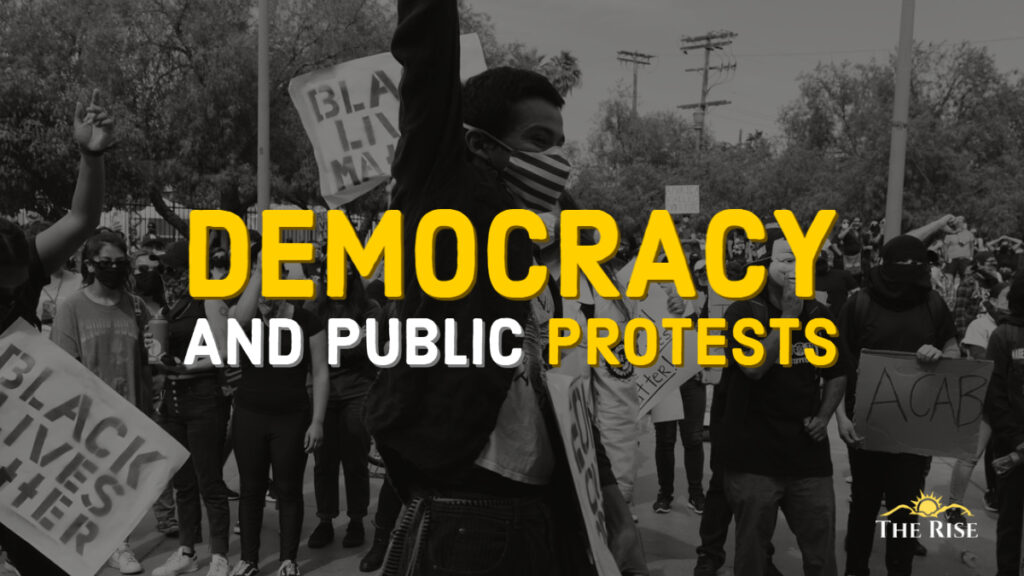

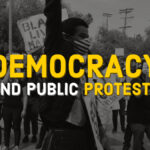





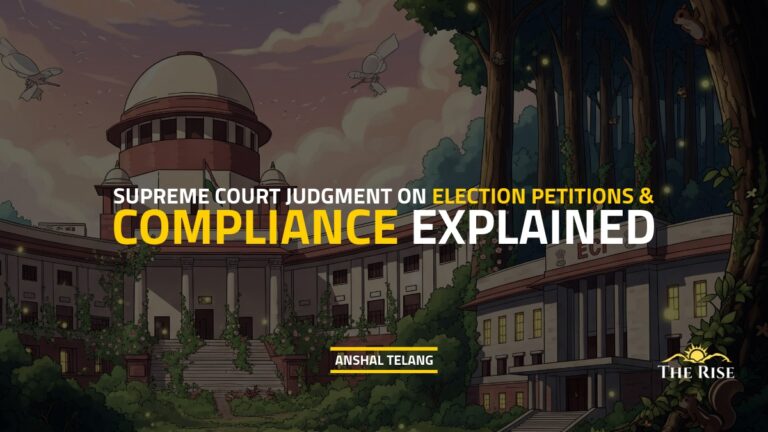
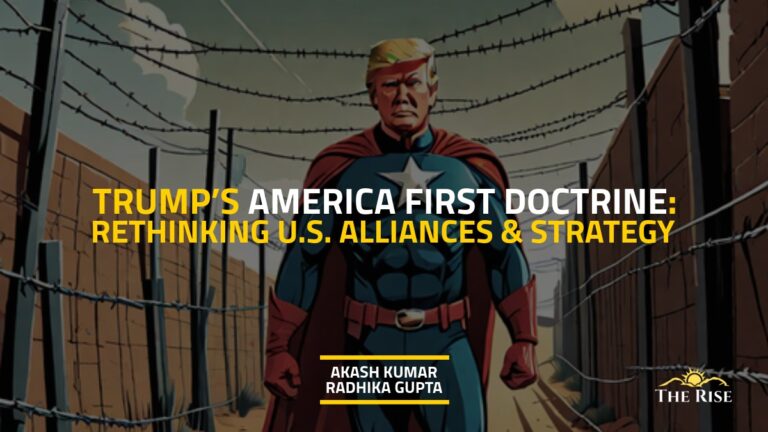
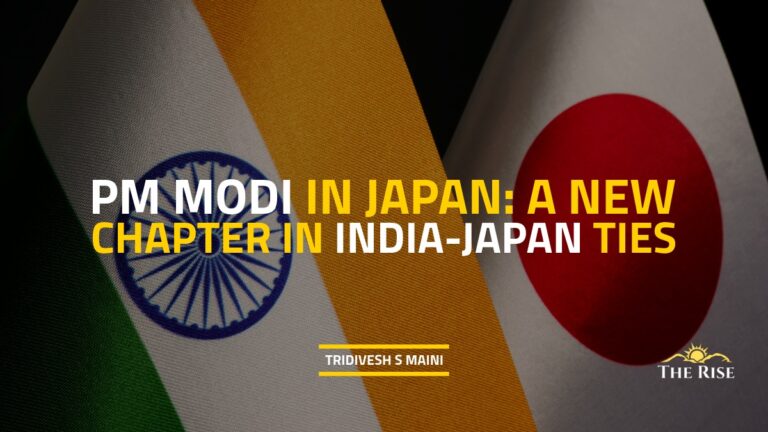
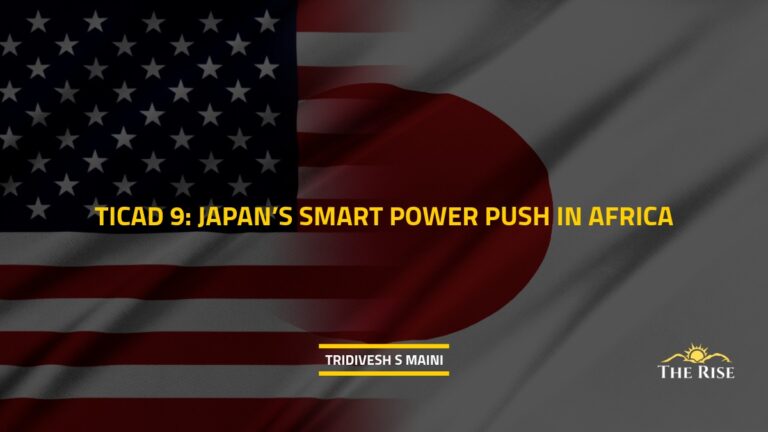
Pingback: Upholding Civil Liberties in the 21st Century India - TheRise.co.in
Pingback: India Slips Down to 'Partly Free' Status - TheRise.co.in